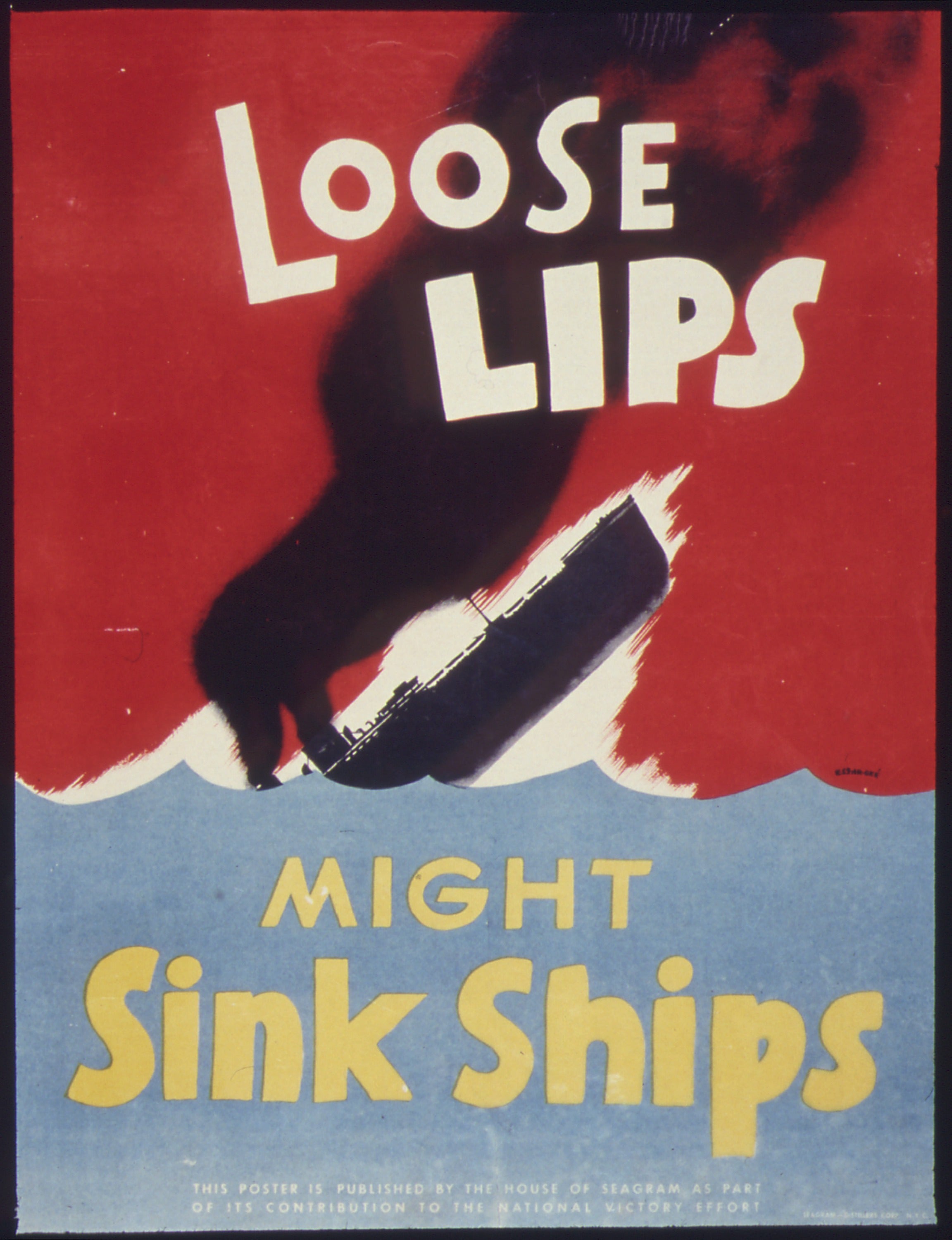'Loose tweets destroy fleets': US Air Force issues updated warning for soldiers on social media
The Air Force is concerned that information accidentally released on social media could put military members in danger

Your support helps us to tell the story
From reproductive rights to climate change to Big Tech, The Independent is on the ground when the story is developing. Whether it's investigating the financials of Elon Musk's pro-Trump PAC or producing our latest documentary, 'The A Word', which shines a light on the American women fighting for reproductive rights, we know how important it is to parse out the facts from the messaging.
At such a critical moment in US history, we need reporters on the ground. Your donation allows us to keep sending journalists to speak to both sides of the story.
The Independent is trusted by Americans across the entire political spectrum. And unlike many other quality news outlets, we choose not to lock Americans out of our reporting and analysis with paywalls. We believe quality journalism should be available to everyone, paid for by those who can afford it.
Your support makes all the difference.The US Air Force has issued an updated version of the old World War Two warning 'loose lips sink ships', in an effort to warn servicepeople of the dangers of irresponsible social media use.
The new poster, issued by Captain Jonathan McDonald of the US Air Force Central Command, instead reads 'loose tweets destroy fleets', and is accompanied by a 'critical information list' of operation details that could potentially be dangerous to the US military if they were revealed.
The list includes information relating to training availability or shortages, current or future deployment details, indications of internet line speed and the specific locations of core facilities and key personnel.
All of this information could be released accidentally through social media by military members, and the Air Force is keen to cut down on leaks of vital information.

Captain McDonald said: "As social media keeps evolving and there's more and more avenues to let your friends and family know what you are up to, those same avenues can be used by Isis sympathisers, 'lone wolves', to track down and hurt our military members outside the safety of the base."
"Not only is it important to not post vital mission related information, but it's also important to not post detailed personal information to keep yourself and your loved ones safe.
He added: "It's vital to check your security settings in your social media accounts to make sure that just your friends are able to see what you post and remember to be smart about what you post and share."
Isis are known for their extensive use of social media in their operations and propaganda efforts, and there's a real danger that a US soldier simply moaning about the slow connection on their base on Twitter, or a pilot on leave posting a picture of their family on Instagram, could potentially give away enough information to put themselves in danger.
So far, such an incident has not occurred to US military personal, but an Isis fighter did get on the wrong side of social media earlier this year.
The fighter posted a selfie online, with an Isis command building behind him. US Forces were later able to find his location from this picture, and 22 hours later dropped three bombs on the building, destroying it.
Join our commenting forum
Join thought-provoking conversations, follow other Independent readers and see their replies
Comments